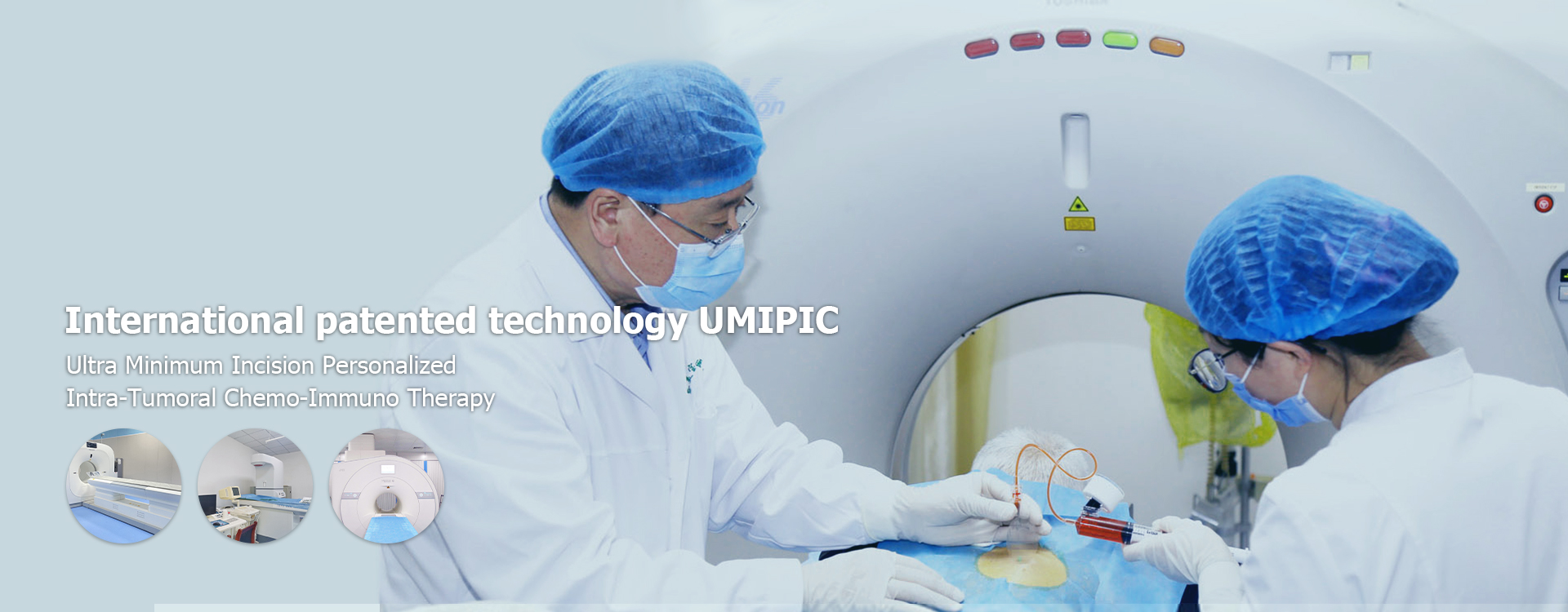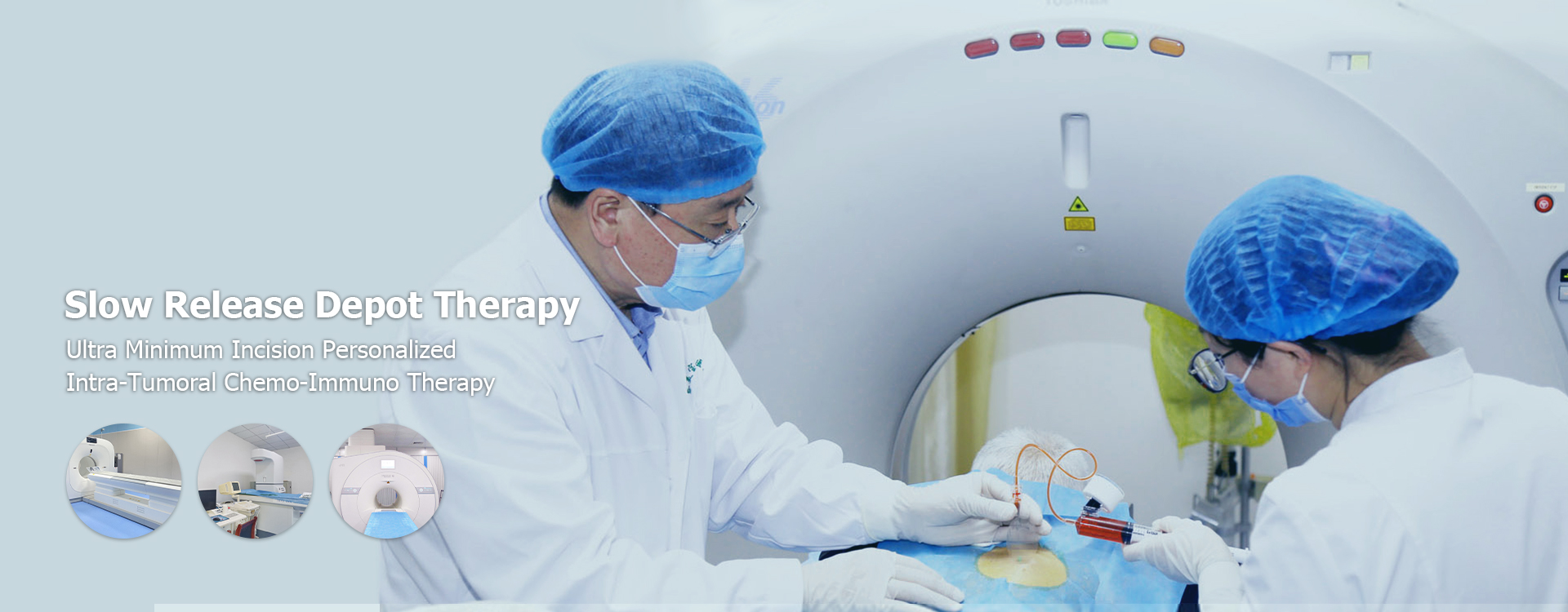
bone tumor treatment
Bone tumor treatmentoptions vary depending on the type, location, and stage of the tumor, as well as the patient's overall health. Common treatments include surgery, chemotherapy, radiation therapy, targeted therapy, and immunotherapy. The specific approach is tailored to each individual case by a multidisciplinary team of specialists.Understanding Bone TumorsBone tumorsare abnormal growths of cells within bones. They can be benign (noncancerous) or malignant (cancerous). Malignantbone tumorsare called bone sarcomas. Understanding the type of tumor is crucial for determining the most effectivebone tumor treatment.Types of Bone TumorsSeveral types ofbone tumorsexist, each with distinct characteristics and treatment approaches. Some of the most common types include:Osteosarcoma:The most common type ofbone tumor, primarily affecting children and young adults. It often develops near the knee or shoulder.Chondrosarcoma:A type of cancer that develops in cartilage cells. It typically affects adults over 40.Ewing Sarcoma:A rare type of cancer that can occur in bone or soft tissue. It most often affects children and young adults.Giant Cell Tumor of Bone:A benign tumor that can sometimes behave aggressively and affect nearby tissues.Diagnosis of Bone TumorsAccurate diagnosis is essential for effectivebone tumor treatment. The diagnostic process typically involves:Physical Exam:A doctor will perform a physical exam to check for any lumps, pain, or other signs of abone tumor. Imaging Tests:X-rays, MRI scans, CT scans, and bone scans are used to visualize the tumor, determine its size and location, and assess whether it has spread.Biopsy:A sample of tissue is taken from the tumor and examined under a microscope to confirm the diagnosis and determine the type ofbone tumor.Bone Tumor Treatment OptionsThe choice ofbone tumor treatmentdepends on several factors, including the type of tumor, its location, stage, and the patient's overall health. The goal of treatment is to remove or destroy the tumor and prevent it from spreading. Common treatment options include:SurgerySurgery is often the primarybone tumor treatmentfor both benign and malignant tumors. The goal of surgery is to remove the entire tumor while preserving as much normal bone and function as possible. Surgical techniques include:Limb-sparing surgery:This procedure removes the tumor without amputating the limb. Reconstruction may be necessary to replace the bone that was removed.Amputation:In some cases, amputation may be necessary if the tumor is large, involves vital structures, or cannot be completely removed with limb-sparing surgery.ChemotherapyChemotherapy uses powerful drugs to kill cancer cells. It is often used in combination with surgery for osteosarcoma and Ewing sarcoma. Chemotherapy drugs are typically administered intravenously (through a vein) and circulate throughout the body to reach cancer cells wherever they may be.Radiation TherapyRadiation therapy uses high-energy rays to kill cancer cells. It may be used to treatbone tumorsthat cannot be completely removed with surgery or to relieve pain. Radiation therapy can be delivered externally (from a machine outside the body) or internally (by placing radioactive material directly into or near the tumor).Targeted TherapyTargeted therapy drugs target specific molecules involved in cancer cell growth and survival. These drugs are designed to be more precise than chemotherapy and may have fewer side effects. Targeted therapy is used for some types ofbone tumors.ImmunotherapyImmunotherapy helps the body's immune system fight cancer. Some immunotherapy drugs boost the immune system's ability to recognize and destroy cancer cells. Immunotherapy is being investigated as abone tumor treatmentfor certain types of bone sarcomas.Rehabilitation and RecoveryRehabilitation is an important part ofbone tumor treatment, especially after surgery. Physical therapy can help patients regain strength, range of motion, and function. Occupational therapy can help patients adapt to daily activities. The rehabilitation process may take several months or longer, depending on the extent of the surgery and the patient's individual needs.Prognosis and Follow-upThe prognosis for patients withbone tumorsvaries depending on the type of tumor, its stage, and the patient's overall health. Early diagnosis and treatment can improve the chances of a successful outcome. Regular follow-up appointments are essential to monitor for recurrence and manage any long-term side effects of treatment.Seeking Expert Care: Shandong Baofa Cancer Research InstituteFor comprehensive and advancedbone tumor treatment, consider seeking expert care at specialized centers likeShandong Baofa Cancer Research Institute. These institutions offer a multidisciplinary approach, bringing together experienced surgeons, oncologists, radiation therapists, and rehabilitation specialists to provide personalized treatment plans. Early diagnosis and effective intervention, tailored to each patient’s specific needs, significantly improve the prognosis and quality of life. At Shandong Baofa Cancer Research Institute, we are dedicated to advancing the field of oncology and providing the best possible care for our patients.Clinical TrialsClinical trials are research studies that test newbone tumor treatmentapproaches. Patients may consider participating in clinical trials to access cutting-edge therapies that are not yet widely available. Ask your doctor if a clinical trial is right for you. Comparison of Common Bone Tumor Treatments Treatment Description Common Use Potential Side Effects Surgery Physical removal of the tumor. Most types of bone tumors, especially localized tumors. Pain, infection, bleeding, nerve damage, loss of function. Chemotherapy Drugs that kill cancer cells. Osteosarcoma, Ewing Sarcoma. Nausea, vomiting, hair loss, fatigue, increased risk of infection. Radiation Therapy High-energy rays to kill cancer cells. Tumors that are hard to reach surgically, pain relief. Skin irritation, fatigue, bone damage. Targeted Therapy Drugs targeting specific molecules in cancer cells. Some chondrosarcomas and other advanced cases. Vary depending on the drug, but may include skin problems, high blood pressure. Disclaimer: This information is intended for general knowledge and informational purposes only, and does not constitute medical advice. It is essential to consult with a qualified healthcare professional for any health concerns or before making any decisions related to your health or treatment. Always seek the advice of your physician or other qualified health provider with any questions you may have regarding a medical condition.
Relatedproducts
Related products
Best sellingproducts
Best selling products-
 Mark, a prostate cancer bone metastasis patient from the United States
Mark, a prostate cancer bone metastasis patient from the United States -
 Nell Smith, a throat cancer patient from Switzerland
Nell Smith, a throat cancer patient from Switzerland -
 Andress, a 9-year-old boy from the United States
Andress, a 9-year-old boy from the United States -
 PAT, rectal cancer patient from the United States
PAT, rectal cancer patient from the United States -
 Anthony, lymphocytic cancer patient from the United States 24
Anthony, lymphocytic cancer patient from the United States 24 -
 Famous American female painter Muriel
Famous American female painter Muriel
Relatedsearch
Related search- prostate cancer treatment seeds cost
- treatment stage 2 prostate cancer treatments
- stage 4 renal cell carcinoma Hospitals
- China top 10 lung cancer treatment centers
- treatment kidney cancer causes Hospitals
- China Gallbladder cancer cost
- treatment Localized Drug Delivery for Cancer cost
- treatment best hospitals for prostate cancer treatment cost
- China radiation treatment for lung cancer stage 3 near me
- small cell lung cancer treatment Hospitals





